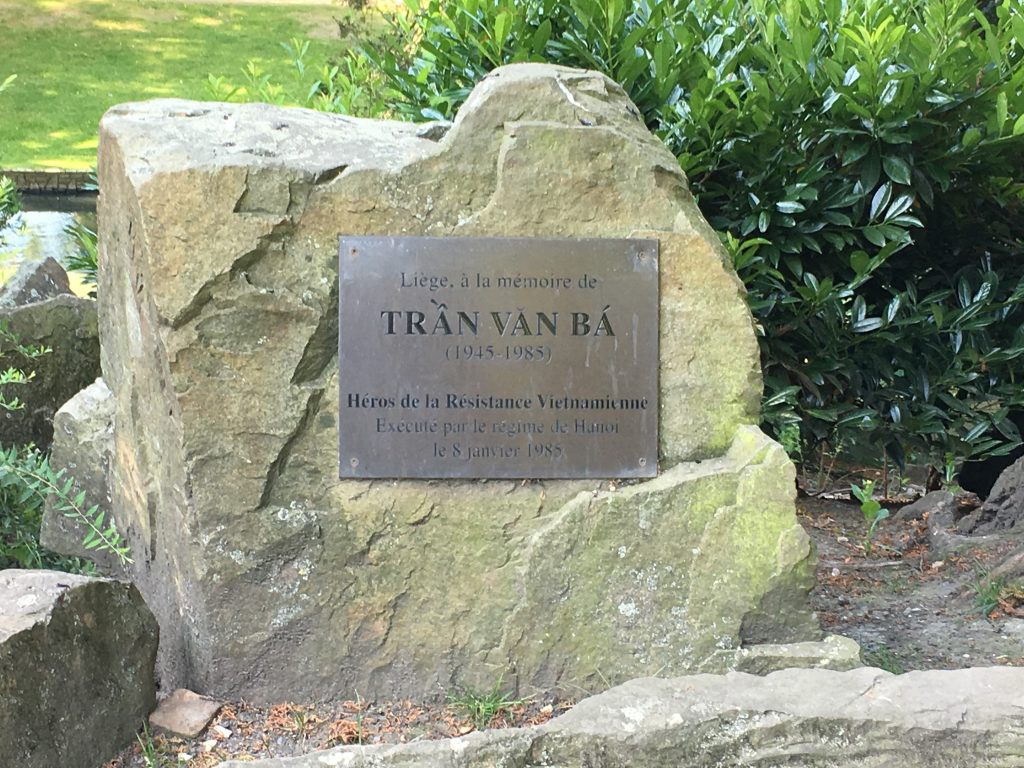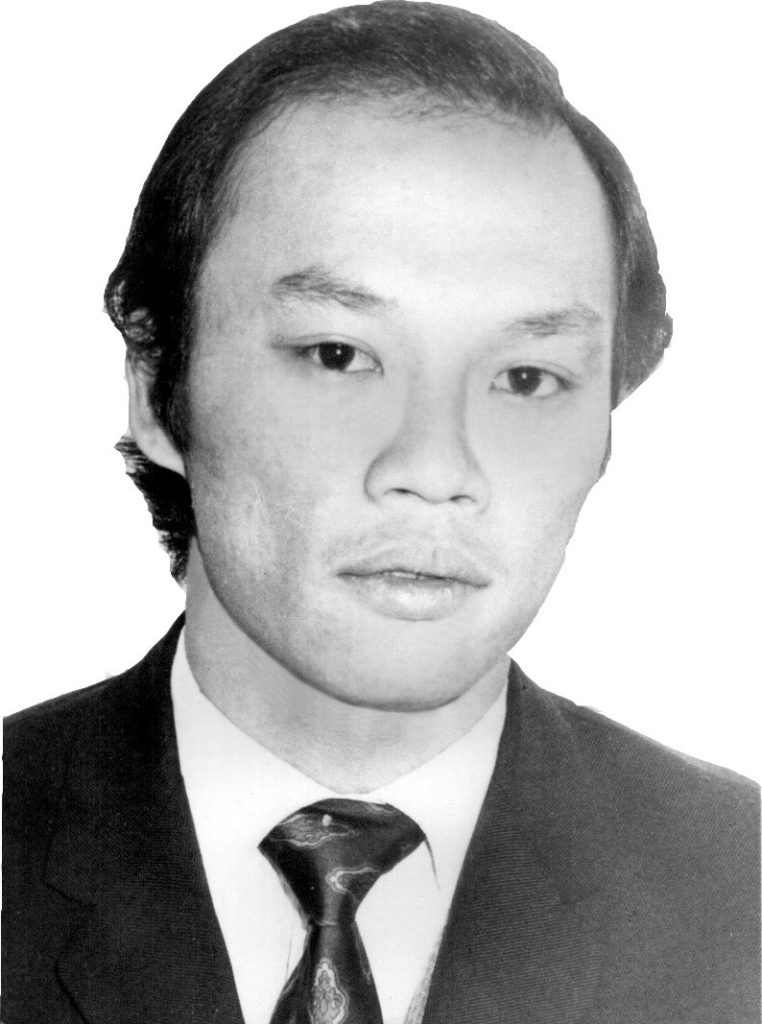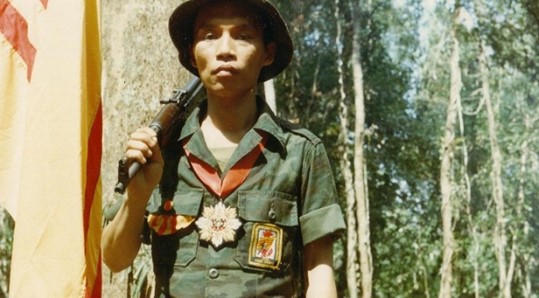In
Blog 2022
seung hwan ryu
On 30 January 2020,
Rodong Shinmun, the official newspaper of the Central Committee of the Workers’ Party of Korea (WPK), reported that North Korea had adopted the national emergency anti-epidemic system due to the outbreak of Covid-19.
[1] Although North Korea did not officially confirm any Covid-19 cases until May 2022, Chad O’Carroll and James Fretwell wrote that commercial flights, train services—except for intermittent cargo deliveries—and shipping activity between North Korea and both China and Russia were heavily influenced by the pandemic.
[2] While North Korea is notorious for its isolation from international society, the pandemic caused North Korea to be eventually disconnected from neighbouring countries in the 2020s.
Although China and Russia have been the closest allies of North Korea since its independence from Japanese colonial rule in 1945, the Covid-19 outbreak was not the first time that North Korea has experienced disconnection from its patrons. In the 1960s, North Korea was more or less directly involved in the conflicts among socialist countries. One significant disconnection was the Sino-Soviet split, and the other was North Korea’s exit from the international . These disconnections induced severe political and economic ramifications for North Korea and Kim Il Sung (1912-94), but they also marked the beginning of a new connection between North Korea and African socialist countries, particularly Julius Nyerere’s Tanzania.
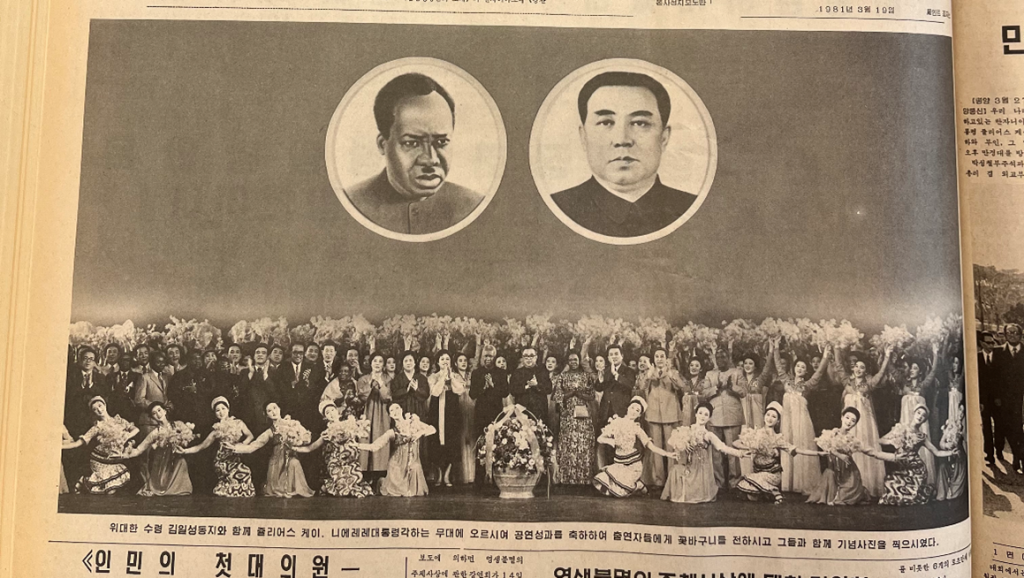 Julius Nyerere and Kim Il Sung congratulating the actors and actresses after watching a musical <Song of Paradise> in Mansudae Art Theater (Rodong Shinmun March 28, 1981), photograph by the author.
Julius Nyerere and Kim Il Sung congratulating the actors and actresses after watching a musical <Song of Paradise> in Mansudae Art Theater (Rodong Shinmun March 28, 1981), photograph by the author.
Why did North Korea establish a close connection with Tanzania in the 1960s? Among several explanations for this neglected connection, I focus on North Korea’s disconnections with its socialist allies as its primary historical background condition. Then, I describe the earlier phase of North Korean-Tanzanian relations to demonstrate how the two countries understood and perceived each other as post-colonial socialist partners.
Disconnections: rifts in the socialist world and North Korea
The Sino-Soviet split, which refers to the confrontation between the People’s Republic of China and the Soviet Union caused by different interpretations of Marxism-Leninism and disagreements on their methods of handling US imperialism,
[3] was one of the most prominent and influential disconnections in the socialist sphere during the Cold War. Their dispute not only reshaped the topography of the Cold War into a tri-polar one but also had repercussions for their socialist neighbours. According to Lorenz Lüthi, the alliance between the Soviet Union and China gradually collapsed from 1956 to 1966, mainly due to ideological disagreements, and their relations eventually improved in the late 1980s.
[4] This disconnection in the socialist world had repercussions for North Korea, which had often received financial and technical aid from its patrons after its independence and especially during the post-war reconstruction of the mid-1950s.
The alliance between the Soviet Union and China turned into a confrontation after Nikita Khrushchev’s ‘secret speech’ during the 20
th congress of the Communist Party of the Soviet Union in February 1956 that called for de-Stalinisation and ‘peaceful coexistence’ with the capitalist bloc. Even though scholars provide different explanations for North Korean-Soviet relations in the late 1950s, Tae Seob Lee argues that there were no major disputes between February 1956 and September 1961.
[5] Lee infers that the Soviets threatened to intervene between October and November 1961, based on Kim Il Sung’s emphasis of ‘rebirth through own efforts’ (
Charyŏkkaengsaeng) in December, which was a reaction against the earlier attempt to intervene.
[6] Furthermore, Khrushchev’s pressure on North Korea and other socialist countries in Eastern Europe to join the CMEA and participate in the socialist division of labour eventually triggered North Korea to publicly denounce the Soviets as revisionists and imperialists in 1962. As a result, North Korea stagnated economically as a mere supplier of raw material.
[7] Park contends that Kim Il Sung could not renounce his principle to prioritise the development of heavy industry to light industry and agriculture which the Soviet Union had asked him to reconsider in the mid-1950s. Heavy industry had remained a North Korean priority since the end of the Korean War.
[8]
Along with the Soviet Union’s pressure on North Korea to join the socialist division of labour, the Cuban Missile Crisis of October 1962 inspired North Korea to reinforce independence and self-defence instead of relying on the superpower.
[9] North Korea’s decision to disconnect itself from the CMEA in 1962 led the country—at least in its foreign policy—to take a pro-Chinese stance. However, diminished aid from the Soviet Union led to a slowdown in economic growth, where Kim Il Sung admitted a
de facto economic recession in the New Year’s address in 1965 and encouraged foreign trade and accept foreign technologies to overcome the crisis.
[10] As North Korea perceived dogmatism on the part of China, where Mao focused on enforcing the Cultural Revolution and not cooperating with the Soviet Union in supporting North Vietnam, Kim Il Sung emphasised national independence and self-reliance again while searching for alternative partners among socialist countries in Eastern Europe and the newly independent countries in Asia and Africa.
[11]
While North Korea gradually restored its relationship with the Soviet Union after the ouster of Khrushchev in October 1964,
[12] the idea of Juche (
Chuch’e Sasang, often translated as self-reliance) became predominant in North Korea, since the regime tried to avoid further ramifications of the Sino-Soviet conflict. While the practical effect of the rhetoric of self-reliance is debatable, WPK newspapers and magazines repeatedly mentioned the significance of self-reliance. In 1965, Kim Il Sung vehemently insisted on Juche as a core principle of the state during his speech at the Ali Archam Academy: ‘… our Party has made every effort to establish Juche in opposition to dogmatism and flunkeyism towards great powers. Juche in ideology, independence in politics, self-support in the economy and self-reliance in national defence—this is the stand our Party has consistently adhered to’.
[13] This precept was also applied to diplomacy, where ‘independent diplomacy’ was declared official doctrine in 1966. For instance, the WPK published an article in the daily newspaper as well as the monthly magazine of the Central Committee,
Embracing Independence, in 1966, pointing out the problems of the international communist movement, including the Soviet Union’s and China’s and interference in domestic affairs, which are imperialist stances.
[14]
Connections: searching for new partners
In order to realise independence in diplomacy, North Korea established diplomatic relations with newly decolonised countries in Asia and Africa to reduce its reliance on socialist allies and create an anti-imperialist connection. Its endeavour to establish a network with the ‘Third World’ had already begun in 1955, when it declared solidarity with the Bandung camp.
[15] For instance, the provisional Algerian government and Guinea were the earliest African states to establish diplomatic relations with North Korea in 1958.
[16] While some experts argue that North Korea did not have a sufficient economic resources or international status to create its own diplomatic network,
[17] its aid to Egypt during the Suez Crisis and to Congo-Brazzaville in the 1960s show that North Korea managed to enhance its influence over African countries during the Sino-Soviet confrontation.
[18] As the manifesto of Afro-Asian Networks Research Collective argues, connections among Asian and African countries in the 1950s and the 1960s were not only postcolonial diplomacy, but also ‘intensive social and cultural interaction across the decolonizing world’ that ‘navigated, ignored, and subverted’ the world order and power dynamics during the Cold War.
[19]
Following a goodwill mission led by Kim Thai Hai, North Korea and Tanzania established diplomatic relations in January 1965. Tanzania was one of the most significant socialist companions for North Korea due to the prominence of Julius Nyerere (1922-99, in office 1964-85) as the leader of African socialism.
[20] Moreover, Dar es Salaam was an opportune place to connect with the foreign press and a refuge for African liberation movements in exile, such as the
South-West Africa People's Organization (SWAPO) and the
Frente de Libertação de Moçambique (FRELIMO).
[21] Rather than merely promoting the personal cult of Kim Il Sung, Juche ideology and military aid, which were eventually used later,
[22] North Korea built proximity and familiarity with Tanzania by referring to the shared history of anti-colonial and anti-imperial struggle in the 1960s.
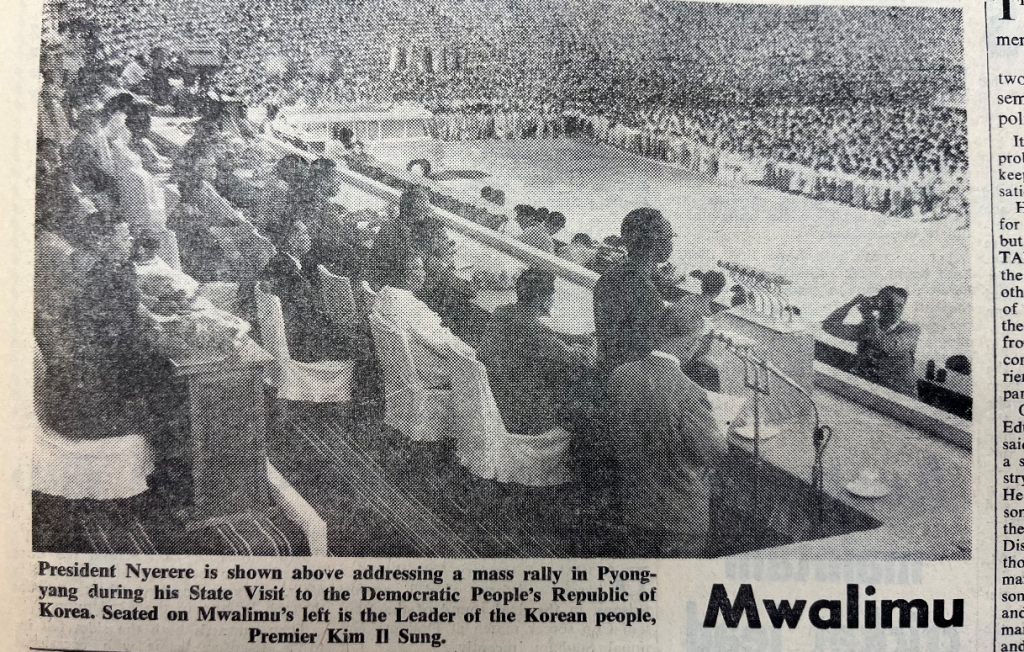 Julius Nyerere addressing a speech in front of a mass rally in Pyongyang (The Nationalist, June 27, 1968), photograph by the author.
Julius Nyerere addressing a speech in front of a mass rally in Pyongyang (The Nationalist, June 27, 1968), photograph by the author.
For instance, references to anti-colonial and anti-imperial struggles were repeated in articles on Tanzania and Kim Il Sung’s speech when Tanzanian President Nyerere visited Pyeongyang in June 1968. The editorial of
Rodong Shinmun on the day of Nyerere’s arrival in 1968 states that the peoples of North Korea and Tanzania were geographically distant, but they had both suffered from colonisation in the past and had a common denominator of struggle against imperialism and colonialism.
[23] Rodong Shinmun published a half-page article on the history of Tanzania, from European colonialism’s suppression to its nation-building process after its independence in 1961.
[24] It even mentioned the
Maji Maji War as a prominent example of how Tanzanians fought against colonisers and emphasised that the anti-colonial struggle did not end in the 1960s, even after the independence of Tanganyika and Zanzibar, due to the permanent imperialist threat.
Nyerere, who gained prominence throughout the socialist world with the 1967 Arusha Declaration, also considered North Korea as a favourable partner in 1968. A memorandum from the Australian High Commission in Dar es Salaam that evaluated that Nyerere’s interest in North Korea noted his appreciation for North Korea’s achievements, and that he took North Korea as a model to inform the Arusha Declaration.
[25] Furthermore, Nyerere regarded North Korea and Tanzania relations as equals, without dominance, unlike the ‘implied inferiority’ of Tanzania in its relations with China. Following Nyerere’s visit to North Korea, the TANU Youth League invited North Korean experts to learn ‘the concept of a true social revolution’.
[26] This invitation suggests Tanzania’s positive understanding of North Korea as an ideological leader of socialism, as it was the first invitation of external experts to practice revolutionary ideas, according to the
Nationalist. Nyerere also visited Pyongyang twice more in the 1980s before he stepped down, and Ali Hassan Mwinyi (in office 1985-95) succeeded in the presidency in 1985.
Conclusion
North Korea’s establishment of solidarity with Tanzania and other African countries in the 1960s was preceded by the two major disconnections, the Sino-Soviet split and North Korea’s withdrawal from the socialist division of labour, which caused crises in its economy and foreign relations. North Korean engagement with African countries, particularly Tanzania, was initiated to overcome the predicament in its foreign relations. In order to build proximity with these countries, North Korea referred to the history of anti-colonial struggle and continuing problems of imperialism. China also used the rhetoric of anti-imperialism in its competition with the Soviet Union to expand its network to include Tanzania and other ‘Third World’ countries.
[27] North Korea denounced the conflicts within the international communist movement—the Sino-Soviet split—to legitimise its independent path and differentiate itself from its socialist patrons.
According to the
Modern History of Korea, published in 1979 by the Foreign Language Publishing House in Pyongyang, independence, the anti-imperialist stand and internationalism in foreign activities are three fundamental principles of North Korea’s foreign policy.
[28] Kim Il Sung argued that these principles were settled ‘since the first days of the founding’ of the country, but its reliance on the aid of socialist neighbours continued even after its disconnection from the socialist division of labour. Still, these principles helped North Korea explore connections with newly decolonised countries in Asia and Africa, where the rhetoric and shared memory of colonialism and imperialism could unite them with the underlying principle of independence, anti-imperialism and internationalism. Although Tanzania had little contact with North Korea before 1965, Julius Nyerere was attracted not only to North Korea’s post-war economic success, but also to the possibility of equal relations—compared to China—and the idea of anti-colonial and anti-imperial struggle. Even though North Korea’s self-identification as the global anti-imperialist leader might not be as persuasive in later years, its connection with Tanzania demonstrated how North Korea survived double disconnections in the socialist world by identifying new partners and asserting the principles of independence and self-reliance.
[1] ‘Sinhyŏngk’oronabirusŭgamyŏmjŭngŭl Ch’ŏljŏhi Makki Wihan Pisangdaech’aek Kanggu [Searching for Emergency Measures to Contain Coronavirus]’,
Rodong Shinmun, 30 January 2020.
[2] Chad O’Carroll and James Fretwell, ‘Pyongyang Officially Claims No Infections within Its Territory, and Has Taken Strict Steps to Stave off an Outbreak’,
NKPRO, 26 March 2020, https://www.nknews.org/pro/covid-19-in-north-korea-an-overview-of-the-current-situation/?t=1585236870435.
[3] Lorenz M. Lüthi, ‘The Sino-Soviet Split and Its Consequences’, in
The Routledge Handbook of the Cold War, ed. Artemy Kalinovsky and Craig Daigle (London: Routledge, 2014), 75.
[4] Lüthi, 75, 84–85.
[5] Tae Seob Lee,
Kimilssŏng Ridŏsip Yŏn’gu [Kim Il Sung Leadership Studies] (Seoul: Tŭllyŏk, 2001), 284; Sooryong Jo argues that de-Sovietisation in North Korea began in 1954 when the cabinet wrote the guidelines of the First Five-Year Plan (1957-61), and Kim Il Sung declared its de-Sovietisation in 1955 when the term ‘Juche’ was first used in public. See: Sooryong Jo, ‘Pukhanŭi Che1ch’a 5kaenyŏn Kyehoek(1957~61) Ch’oan’gwa t’alssoryŏnhwaŭi Kaesi [The Draft of the First Five-Year Plan (1957-61) and the Beginning of De-Sovietization in North Korea]’,
Yoksa Hakbo, no. 249 (2021): 183–215.
[6] Lee,
Kimilssŏng Ridŏsip Yŏn’gu [Kim Il Sung Leadership Studies], 284.
[7] Lee, 285–86.
[8] Ah Reum Park, ‘1962nyŏn Pukhanŭi “Sahoejuŭi Kukchebunŏp” It’al Punsŏk [Analysis of Democratic People’s Republic of Korea’s Departure from the “International Socialist Division of Labor” in 1962]’,
Critical Studies on Modern Korean History, no. 45 (2021): 457.
[9] Lee,
Kimilssŏng Ridŏsip Yŏn’gu [Kim Il Sung Leadership Studies], 286.
[10] Lee, 299–301, 311.
[11] Bomi Kim,
Kimilssŏnggwa Chungsobunjaeng: Pukhan Chajuoegyoŭi Kiwŏn’gwa Hyŏngsŏng (1953-1966) [Kim Il Sung and the Sino-Soviet Split—Origins and the Making of North Korea’s Self-Supporting Diplomacy (1953-1966)] (Seoul: Sŏgangdaehakkyoch’ulp’anbu, 2019), 427.
[12] Kim, 411.
[13] Il Sung Kim, ‘On Socialist Construction in the Democratic People’s Republic of Korea and the South Korean Revolution, Lecture at the “Ali Archam” Academy of Social Sciences of Indonesia, April 14, 1965’, in
Kim Il Sung Works 19 (Pyongyang: Foreign Languages Publishing House, 1984), 263.
[14] ‘Chajusŏngŭl Onghohaja [Embracing Independence]’,
Kŭlloja, August 1966.
[15] Young-Sun Hong,
Cold War Germany, the Third World, and the Global Humanitarian Regime (New York: Cambridge University Press, 2015), 63.
[16] Hong, 63.
[17] Kim,
Kimilssŏnggwa Chungsobunjaeng: Pukhan Chajuoegyoŭi Kiwŏn’gwa Hyŏngsŏng (1953-1966) [Kim Il Sung and the Sino-Soviet Split—Origins and the Making of North Korea’s Self-Supporting Diplomacy (1953-1966)], 268.
[18] Hong, Cold War Germany, the Third World, and the Global Humanitarian Regime, 59.
[19] Afro-Asian Networks Research Collective, ‘Manifesto: Networks of Decolonization in Asia and Africa’,
Radical History Review, no. 131 (2018): 176, 178.
[20] Owoeye Jidi, ‘The Metamorphosis of North Korea’s African Policy’,
Asian Policy 31, no. 7 (1991): 636; ‘A1838’, 1 February 1965, 154/11/91, National Archives of Australia.
[21] Tycho van der Hoog, ‘On the Success and Failure of North Korean Development Aid in Africa Yonho Kim’, in
NKEF Policy and Research Paper Series, ed. Yonho Kim (Washington: George Washington University, 2022), 33; For transnational characteristics and influence of Dar es Salaam in the 1960s, see: George Roberts,
Revolutionary State-Making in Dar Es Salaam: African Liberation and the Global Cold War, 1961-1974 (Cambridge: Cambridge University Press, 2021).
[22] These elements appear in North Korea’s Africa policy in the late 1960s and the 1970s. Recent publication by Benjamin Young provides a historical overview of North Korea-Third World relations: Benjamin Young,
Guns, Guerillas, and the Great Leader (Stanford: Stanford University Press, 2021).
[23] ‘Ch’insŏnŭi Sajŏl, Kwijungan Sonnim [Envoy of Friendship, a Valuable Guest]’,
Rodong Shinmun, 22 June 1968.
[24] ‘Panjejaribŭi Killo Naganŭn t’anjania [Tanzania towards the Route of Anti-Imperialism and Self-Reliance]’,
Rodong Shinmun, 22 June 1968.
[25] ‘Tanzania: North Vietnam, South Vietnam, and North Korea’, 10 September 1968, A1838, 154/11/91, National Archives of Australia.
[26] ‘Koreans to Advise TYL on True Socialism’,
Nationalist, 12 November 1968.
[27] Jeremy Friedman,
Ripe for Revolution: Building Socialism in the Third World (Cambridge: Harvard University Press, 2022), 127.
[28] Han Gil Kim,
Modern History of Korea (Foreign Languages Publishing House, n.d.), 576–77.
bibliography
‘A1838’, 1 February 1965. 154/11/91. National Archives of Australia.
Afro-Asian Networks Research Collective. ‘Manifesto: Networks of Decolonization in Asia and Africa’.
Radical History Review, no. 131 (2018): 176–78.
Kŭlloja. ‘Chajusŏngŭl Onghohaja [Embracing Independence]’, August 1966.
Rodong Shinmun. ‘Ch’insŏnŭi Sajŏl, Kwijungan Sonnim [Envoy of Friendship, a Valuable Guest]’, 22 June 1968.
Friedman, Jeremy.
Ripe for Revolution: Building Socialism in the Third World. Cambridge: Harvard University Press, 2022.
Hong, Young-Sun.
Cold War Germany, the Third World, and the Global Humanitarian Regime. New York: Cambridge University Press, 2015.
Hoog, Tycho van der. ‘On the Success and Failure of North Korean Development Aid in Africa Yonho Kim’. In
NKEF Policy and Research Paper Series, edited by Yonho Kim, 31–42. Washington: George Washington University, 2022.
Jidi, Owoeye. ‘The Metamorphosis of North Korea’s African Policy’.
Asian Policy 31, no. 7 (1991): 635.
Jo, Sooryong. ‘Pukhanŭi Che1ch’a 5kaenyŏn Kyehoek(1957~61) Ch’oan’gwa t’alssoryŏnhwaŭi Kaesi [The Draft of the First Five-Year Plan (1957-61) and the Beginning of De-Sovietization in North Korea]’.
Yoksa Hakbo, no. 249 (2021): 183–215.
Kim, Bomi.
Kimilssŏnggwa Chungsobunjaeng: Pukhan Chajuoegyoŭi Kiwŏn’gwa Hyŏngsŏng (1953-1966) [Kim Il Sung and the Sino-Soviet Split—Origins and the Making of North Korea’s Self-Supporting Diplomacy (1953-1966)]. Seoul: Sŏgangdaehakkyoch’ulp’anbu, 2019.
Kim, Han Gil.
Modern History of Korea. Foreign Languages Publishing House, n.d.
Kim, Il Sung. ‘On Socialist Construction in the Democratic People’s Republic of Korea and the South Korean Revolution, Lecture at the “Ali Archam” Academy of Social Sciences of Indonesia, April 14, 1965’. In
Kim Il Sung Works 19. Pyongyang: Foreign Languages Publishing House, 1984.
Nationalist. ‘Koreans to Advise TYL on True Socialism’, 12 November 1968.
Lee, Tae Seob.
Kimilssŏng Ridŏsip Yŏn’gu [Kim Il Sung Leadership Studies]. Seoul: Tŭllyŏk, 2001.
Lüthi, Lorenz M. ‘The Sino-Soviet Split and Its Consequences’. In
The Routledge Handbook of the Cold War, edited by Artemy Kalinovsky and Craig Daigle, 75. London: Routledge, 2014.
O’Carroll, Chad, and James Fretwell. ‘Pyongyang Officially Claims No Infections within Its Territory, and Has Taken Strict Steps to Stave off an Outbreak’.
NKPRO, 26 March 2020. https://www.nknews.org/pro/covid-19-in-north-korea-an-overview-of-the-current-situation/?t=1585236870435.
Rodong Shinmun. ‘Panjejaribŭi Killo Naganŭn t’anjania [Tanzania towards the Route of Anti-Imperialism and Self-Reliance]’, 22 June 1968.
Park, Ah Reum. ‘1962nyŏn Pukhanŭi “Sahoejuŭi Kukchebunŏp” It’al Punsŏk [Analysis of Democratic People’s Republic of Korea’s Departure from the “International Socialist Division of Labor” in 1962]’.
Critical Studies on Modern Korean History, no. 45 (2021).
Roberts, George.
Revolutionary State-Making in Dar Es Salaam: African Liberation and the Global Cold War, 1961-1974. Cambridge: Cambridge University Press, 2021.
Rodong Shinmun. ‘Sinhyŏngk’oronabirusŭgamyŏmjŭngŭl Ch’ŏljŏhi Makki Wihan Pisangdaech’aek Kanggu [Searching for Emergency Measures to Contain Coronavirus]’, 30 January 2020.
‘Tanzania: North Vietnam, South Vietnam, and North Korea’, 10 September 1968. A1838, 154/11/91. National Archives of Australia.
Young, Benjamin.
Guns, Guerillas, and the Great Leader. Stanford: Stanford University Press, 2021.
citation information:
Ryu, Seung Hwan. ‘Surviving Disconnections: Global History behind North Korean Engagement with Tanzania in the 1960s’, 10 April 2022. https://www.globaldisconnect.org/10/04/surviving-disconnections-global-history-behind-north-korean-engagement-with-tanzania-in-the-1960s/?lang=en.
Continue Reading







































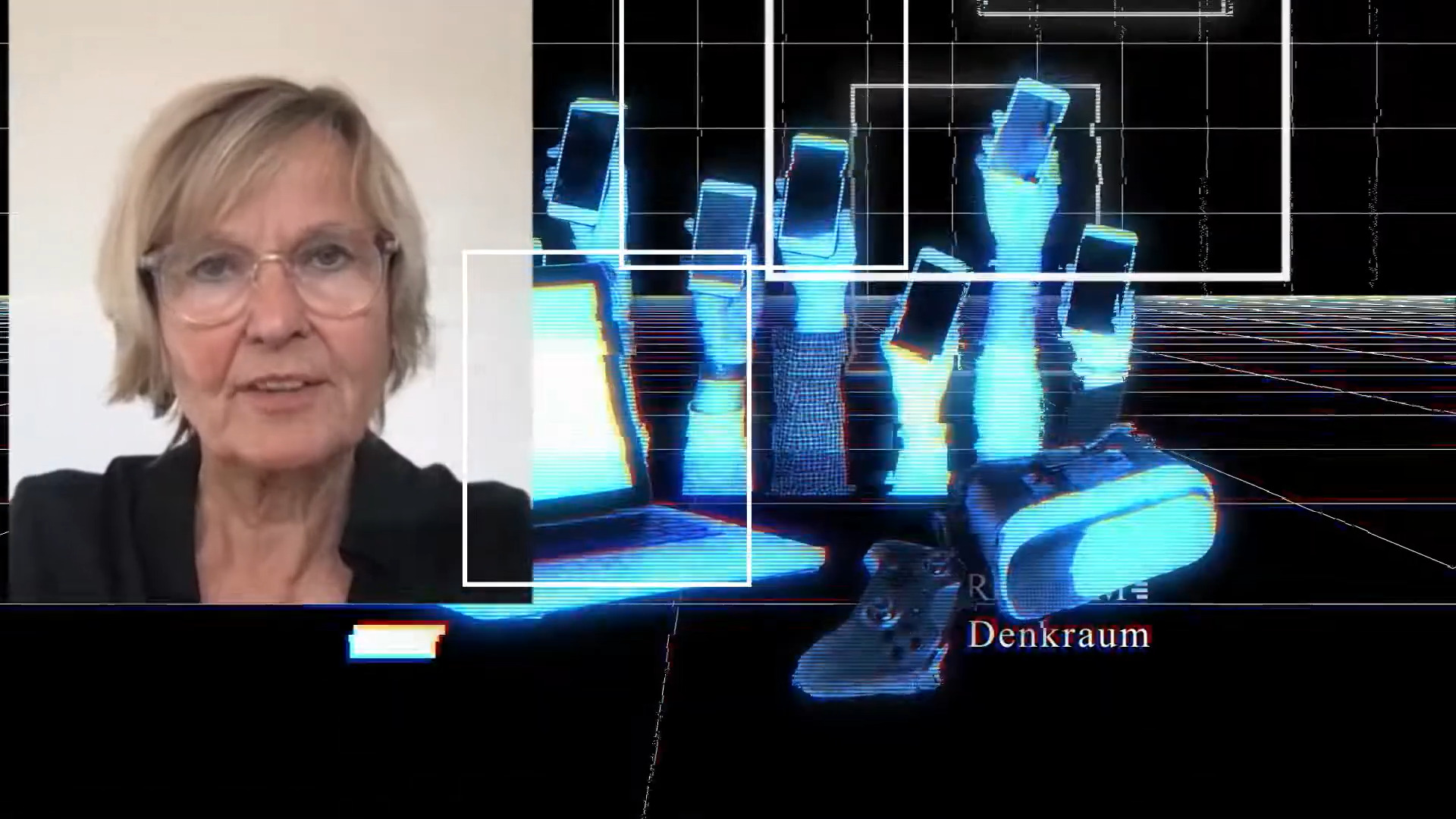
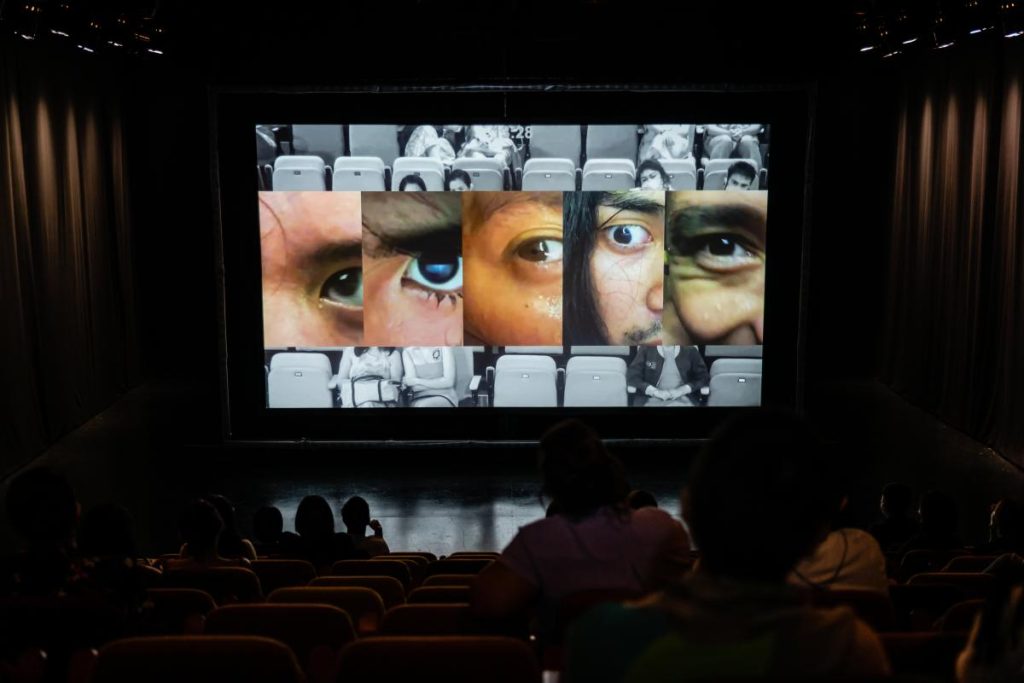
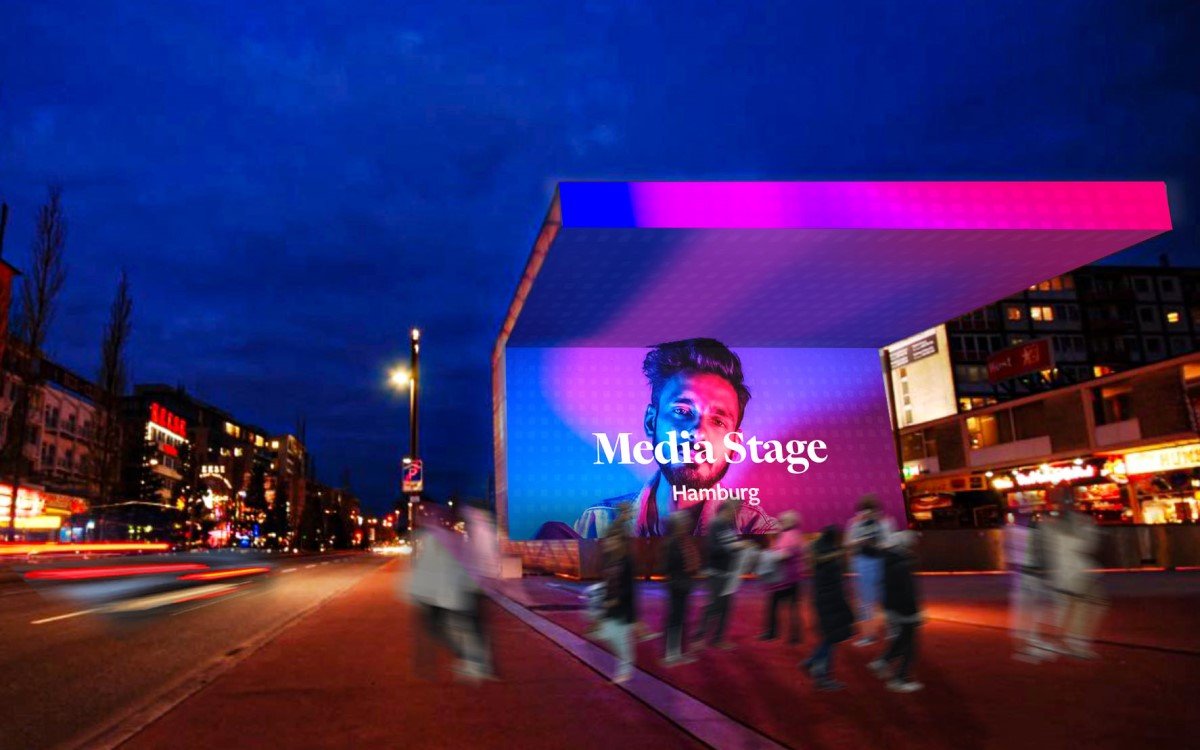
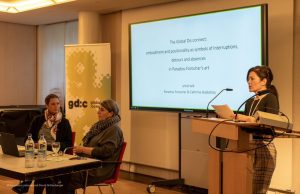
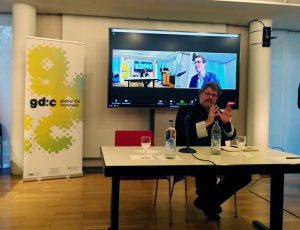

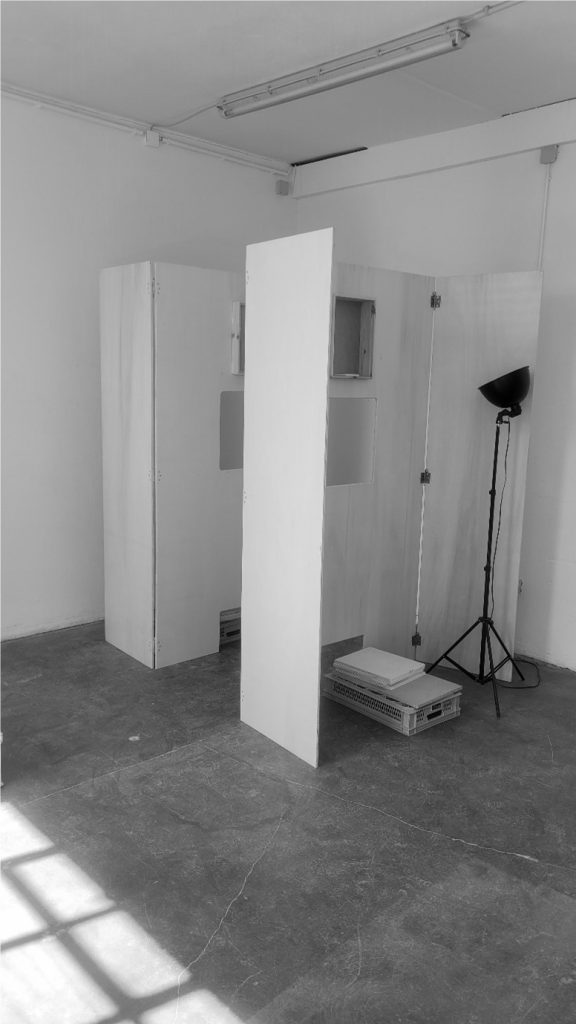

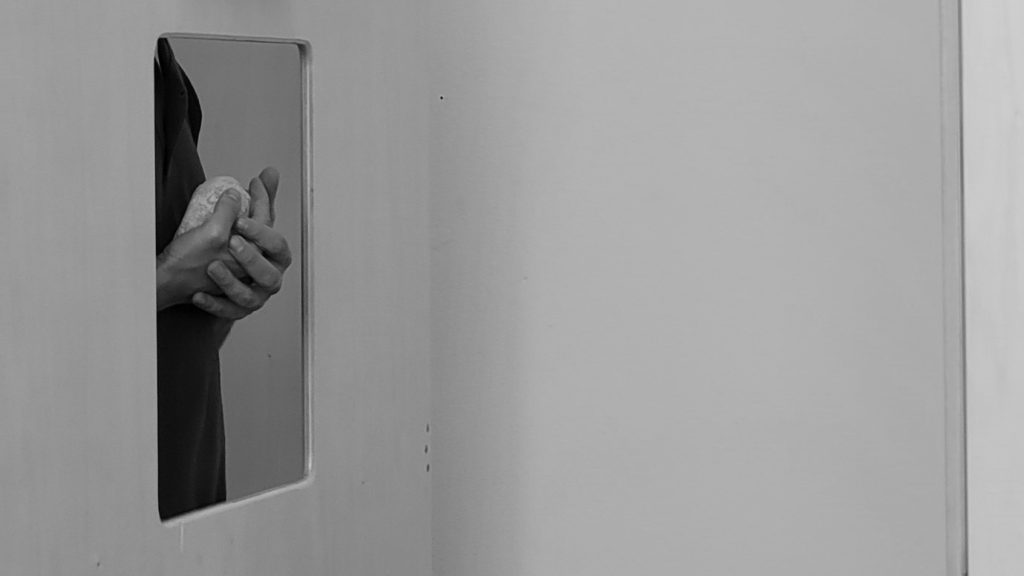
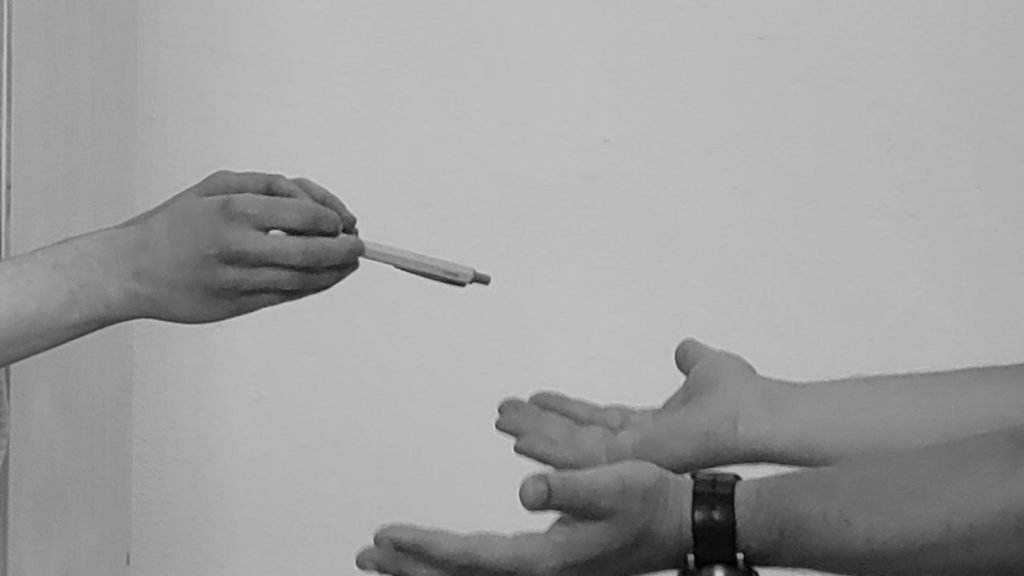
 Julius Nyerere and Kim Il Sung congratulating the actors and actresses after watching a musical <Song of Paradise> in Mansudae Art Theater (Rodong Shinmun March 28, 1981), photograph by the author.
Julius Nyerere and Kim Il Sung congratulating the actors and actresses after watching a musical <Song of Paradise> in Mansudae Art Theater (Rodong Shinmun March 28, 1981), photograph by the author. Julius Nyerere addressing a speech in front of a mass rally in Pyongyang (The Nationalist, June 27, 1968), photograph by the author.
Julius Nyerere addressing a speech in front of a mass rally in Pyongyang (The Nationalist, June 27, 1968), photograph by the author.